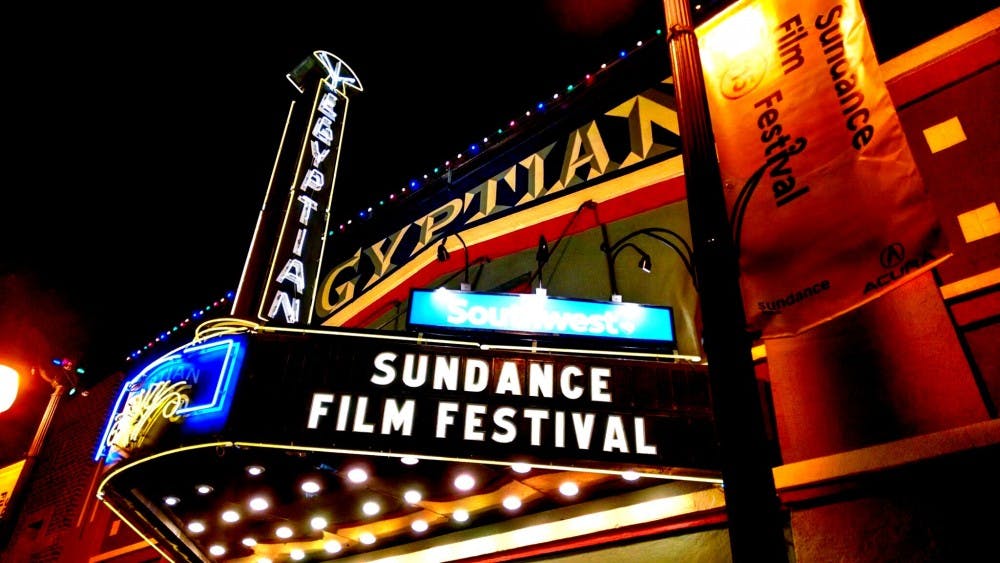When Pose began airing earlier this year, it brought the ballroom culture — an underground pageant system for members of the LGBTQ community — into the mainstream consciousness like never before. For many, including myself, the show serves as an introduction to the history of the ballroom scene and the LGBTQ community that brought it to life.
The Peabody Library’s decision to host the “Peabody Ballroom Experience” — an event series that explores the history of Baltimore’s ballroom community — seemed like the natural extension of Pose’s popularity and promised to be an excellent opportunity to learn about the city’s LGBTQ heritage. The event kicked off on Friday, Nov. 30 with a screening of the documentary Kiki, which follows members of the New York City ballroom scene as they navigate both the competition and their lives off of the runway.
For the unaware, the ballroom scene is part fashion show and part dance battle, where participating teams (referred to as houses or families) must design outfits to match the event’s various themes and impress the judges with their performance. Kiki is almost frustratingly coy when discussing the balls, teasing its audience with hints about the experience. One scene depicts a participant designing his costume (which ends up looking like something out of Mad Max); another focuses on an entire house practicing a group performance for an upcoming ball.
The actual performances, however, are only shown in disjointed snippets, teasing the audience and making them wish they knew more. The rules of the event are never truly explained and neither is any of the lingo that the participants toss back and forth. In a way, the lack of detail suits the ballroom scene, which developed underground and has spent most of its existence out of the public eye. Still, despite the disjointed narrative, the film clearly depicts the community’s passion for the event and the camaraderie that exists even between competitors.
As a whole the documentary appears to be more interested in its subjects and their lives outside of the balls. It spends time getting to know its subjects, who discuss the impact of homelessness, human immunodeficiency virus (HIV) and harassment on their community. Notably it never shies away from depicting the harsh reality faced by LGBTQ people of color, and it wisely allows its subjects to direct the conversation based on their own experiences.
That being said, those difficulties faced by the characters are juxtaposed with the community’s desire for a better future and, more importantly, their real efforts to create that future. The LGBTQ community is not framed as a passive player in its own narrative — for almost every scene exploring the harsh reality they face, there is another to show their attempts to improve it. One woman leads a group discussion raising awareness of the troubles faced by trans women, and another participant works with an organization that combats youth homelessness. The juxtaposition of the grim reality with the efforts to create a better future results in an exploration of the LGBTQ community that never veers into hyperbole or insincerity.
In the end, although a little light on the details, Kiki is a nuanced look at the ballroom community that served as an excellent opening to the Peabody series. The screening was followed by a panel discussion, in which members of the Baltimore ballroom scene — including Sandy Dior’e, the founder of the House of Dior’e, who has been active in the ballroom scene for over 30 years — discussed their experiences within the community.
Dior’e answered a question from an audience member who asked how Baltimore’s community compares to that of New York’s (which is more commonly associated with the scene).
“Our uniqueness is our togetherness,” Dior’e said. “No matter what house you may be in... Baltimore is one unit.”
The panel also touched on the increasing representation of LGBTQ people of color in television and highlighted the LGBTQ community’s ongoing efforts to support and better the lives of its members.
“It’s always been about the children,” Dior’e said. “Because if you don’t get them while they’re young, they go out into this world and become the very people that we don’t want them to become.”
Overall the event was a strong start to the “Peabody Ballroom Experience.” The event expertly combined an exploration of the general ballroom scene with information about the specific, unique history of Baltimore’s LGBTQ community. Over the next few months, the Library will host other film screenings and oral histories of the ballroom scene, culminating in a Peabody-themed ball in April 2019. I would highly encourage anyone interested in learning more about the ballroom scene to check it out.





